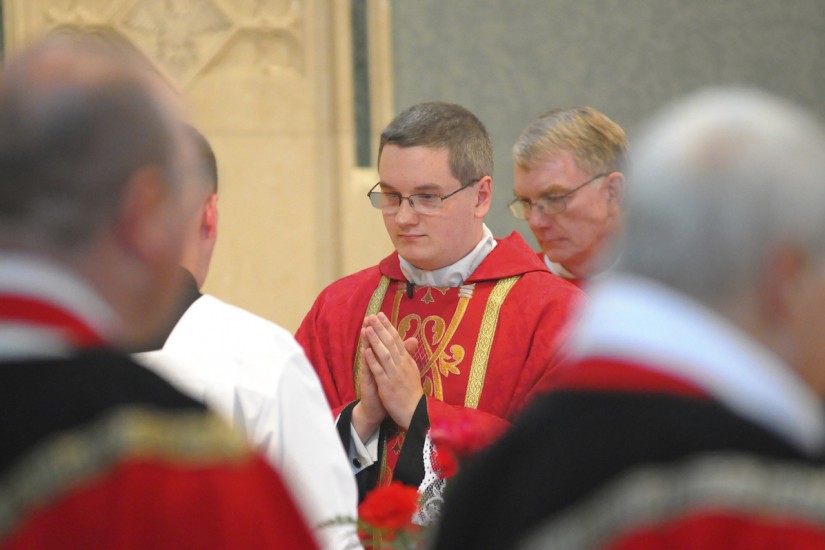This is not the first time that such systemic church corruption and malfeasance resulted in calls for lay empowerment and democratization. In the early 19th century, lay leaders, known as trustees, governed many parishes. They handled the day-to-day business of their churches and often held official title to parish property.
But when more European priests arrived, reducing the priest shortage that had necessitated lay trusteeship, bishops and priests began asserting their authority and providing more hands-on leadership over church affairs. Conflict quickly erupted. Laypeople evicted priests from their parishes, priests threatened congregants with excommunication, and laypeople and clerics fought each other in court for control of church property and ultimately for spiritual supremacy.
In the end, the church hierarchy emerged victorious.
Subsequently, even when church leaders tried to democratize the church, their efforts largely fell short. John England, the first bishop of the Diocese of Charleston, S.C., arrived in the United States in 1820 to find a three-state diocese — Georgia, North Carolina and South Carolina — facing its own potential schism and battles between priests and lay leaders. His solution? A constitution and regular lay conventions to bring democratic governing traditions into the church.
But while England’s proposal offered broader lay engagement, it did not offer authentic empowerment. The constitution, for example, was designed to introduce a measure of republicanism into the Diocese of Charleston, but it continuously reinforced the supremacy of the church hierarchy in all substantive religious matters, providing power to laypeople in minor affairs, such as voting for their own officers for the conventions and issuing nonbinding proclamations.
Under England’s leadership, the Diocese of Charleston conducted 29 conventions from 1823 to 1841. The conventions were the first in the United States to bring together Catholic clergy and laypeople to assist in directing the course of their local churches. The conventions were important sites of Catholic community building, as laypeople and priests scattered across the Southeast met one another for the first time and helped shape Catholic culture in the South.
However, the proceedings of the conventions were largely ceremonial. England would celebrate Mass and deliver an address on the state of the diocese, and the various parties would express praise for one another and try to think of ways to raise money for the perpetually cash-strapped diocese.
Collectively, the constitution, the conventions and the practice of local lay leaders voting for themselves to attend the diocesan conventions contributed to the reinforcement of top-down governance under a democratic guise.
